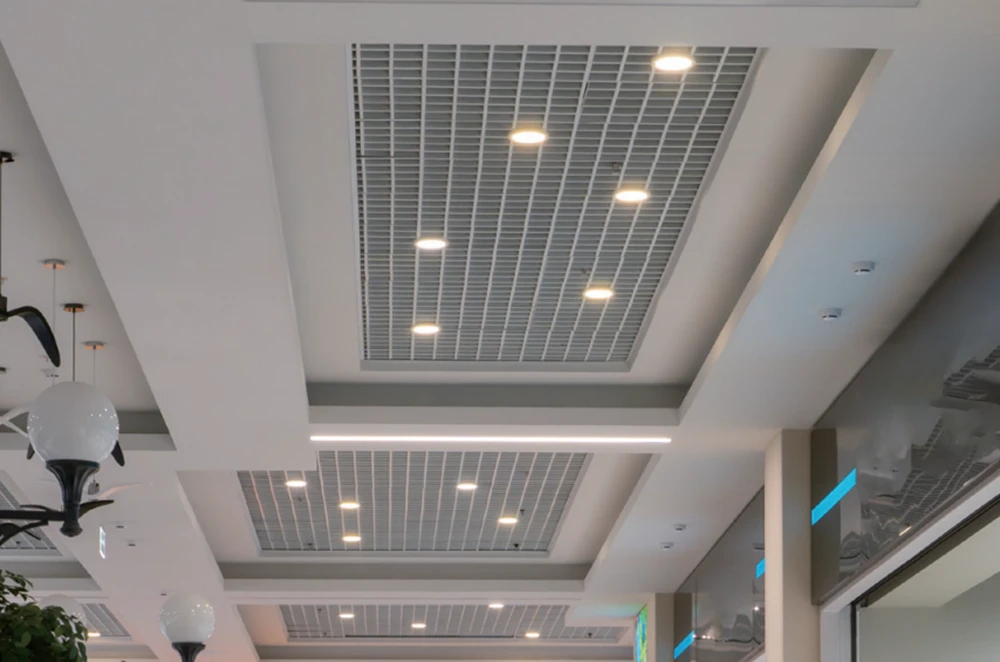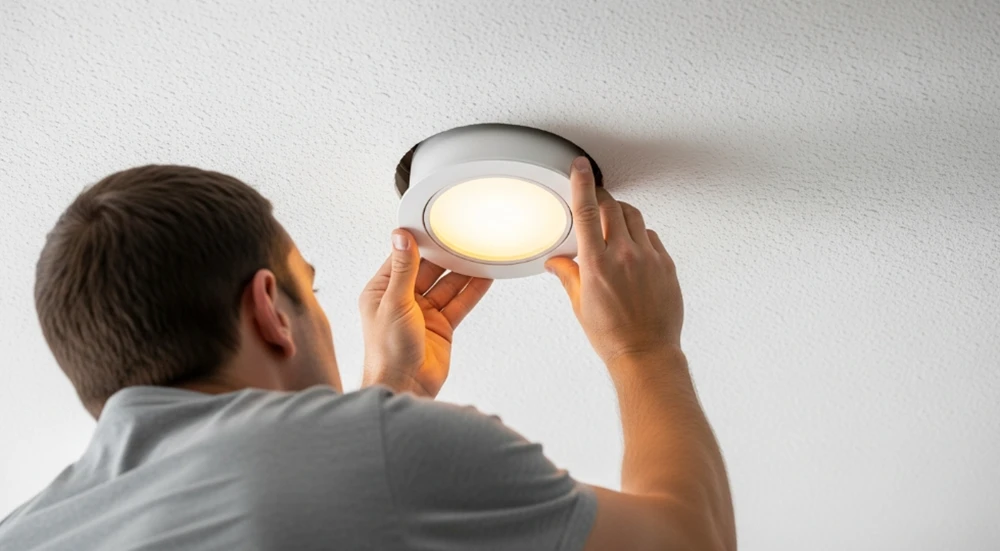The Most Common Misconceptions When Choosing LED Downlights

LED downlights have become a staple in both residential and commercial lighting design. They’re sleek, energy-efficient, and available in a wide range of styles. However, with numerous options and specifications on the market, it's easy to make costly mistakes based on common misconceptions.
Here is a breakdown of the most frequent misunderstandings — and what you should know before making a purchase.
"All Downlights Have Same Lifespan"
Although LED lights generally have a long lifespan, not all LED downlights have the same lifespan. The lifespan of LED lights is affected by many factors, including the LED chip quality, the driver performance, and the heat dissipation design. Choosing downlights from well-known brands and reliable quality usually guarantees a longer lifespan. Cheap and low-quality downlights may fail in a short period, resulting in frequent replacements.
"Cutout Size Can Be Ignored"
Each downlight requires a specific ceiling cutout size for proper installation. Mismatched sizes can lead to loose fittings, gaps, or costly rework. So we should always double-check the cutout size before installation or retrofitting.
"Higher Wattage Means More Brightness"
With LED technology, lumens, not watts, measure brightness. A 10W high-efficiency downlight can be brighter than a 15W low-quality one. Relying on wattage leads to overpowered or underlit spaces and wasted energy.

Therefore, we should compare lumen output, not just wattage, when choosing downlights
"The Cheapest Option Is Always the Best Deal"
Low upfront costs can mean high long-term expenses. Cheap products may use low-quality chips or drivers that fail prematurely. They also might lack adequate heat sinks, causing the LEDs to overheat.
Very cheap downlights might not meet necessary safety standards and could pose a fire risk. Look for certifications like UL, cUL, or ETL to ensure safety.
"LED Downlights Produce No Heat"
Cheap LED plastic housings trap heat, causing "light decay" and even fire risks.
Opt for aluminum or die-cast metal housings, which dissipate heat efficiently. Look for deep, matte-black interior cups too: they reduce glare and prevent light from bouncing off the housing, ensuring a cleaner, more focused beam.
High-quality downlight models often include heat sinks or ventilation slots.
"Downlight Installation Methods Are Universal"
Downlights have multiple installation methods, including "embedded", "snap-on", and "ceiling-mounted". Different ceiling thicknesses and ceiling structures require different styles. Too large an error will cause looseness or inability to install.

Some embedded downlights require heat dissipation space to avoid high temperatures affecting their lifespan.
It is recommended to select the product with the corresponding installation method after confirming the ceiling structure, opening size, and cavity depth.
"All Downlights Are Dimmable by Default"
Not all LED downlights are dimmable. And even if they are, they may not be compatible with your existing dimmer switch.
Mismatched drivers and dimmers can lead to flickering, buzzing, or limited dimming range. Some products require specific phase-cut or DALI dimming systems.
Always check for dimmable compatibility with your controls before installation.
Choosing LED downlights requires balancing technical specifications with practical and aesthetic needs. By avoiding above misconceptions, you can transform your space into a functional, visually cohesive environment. Remember to consult product specifications, seek professional advice for complex setups, and test samples whenever possible to achieve the perfect lighting solution.